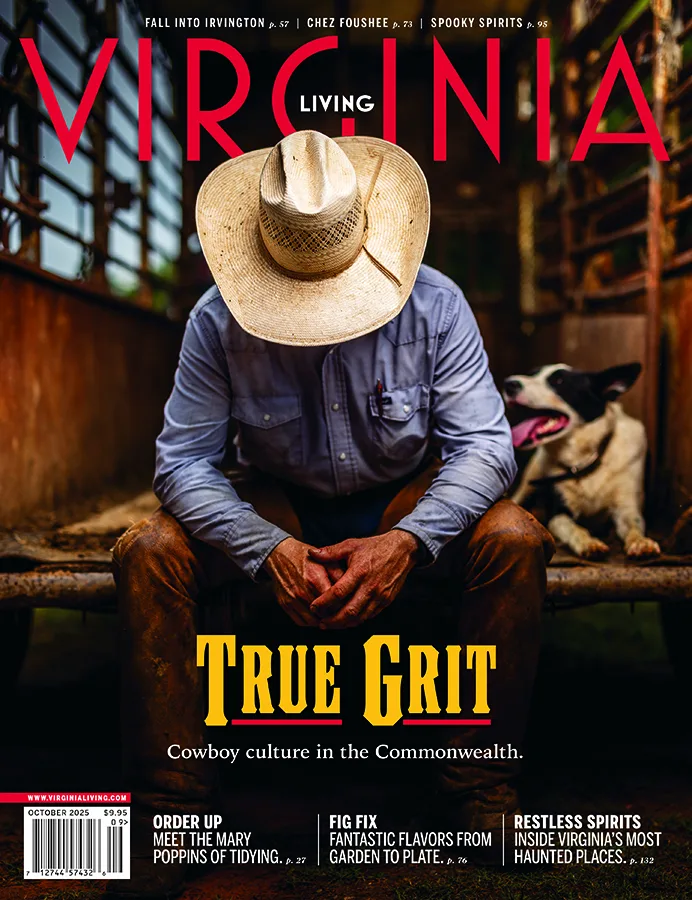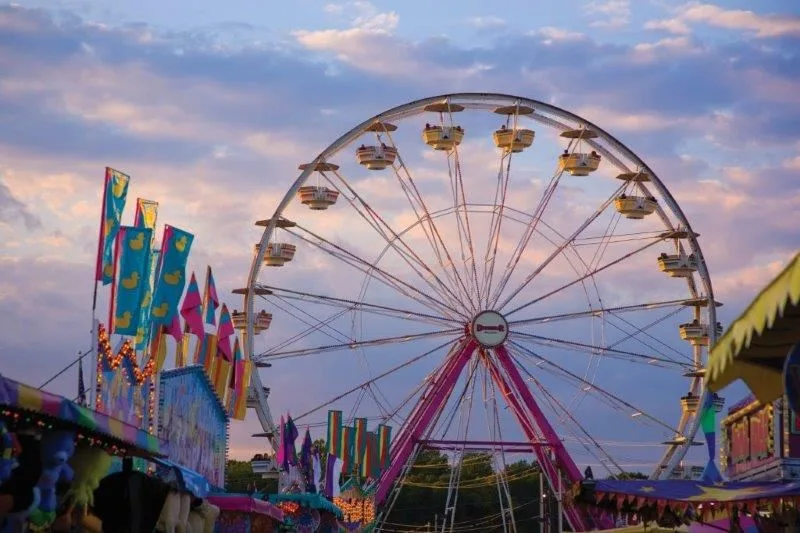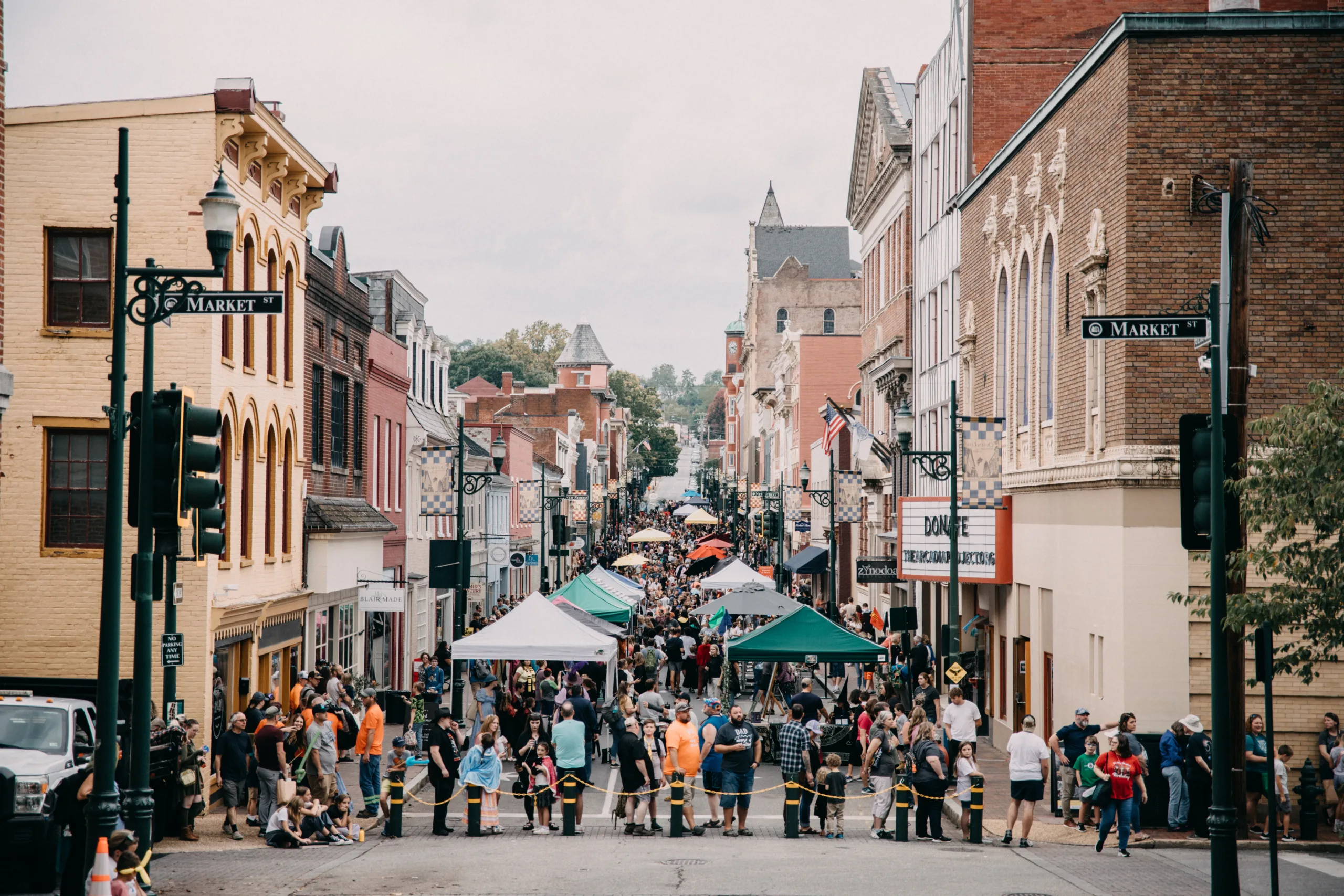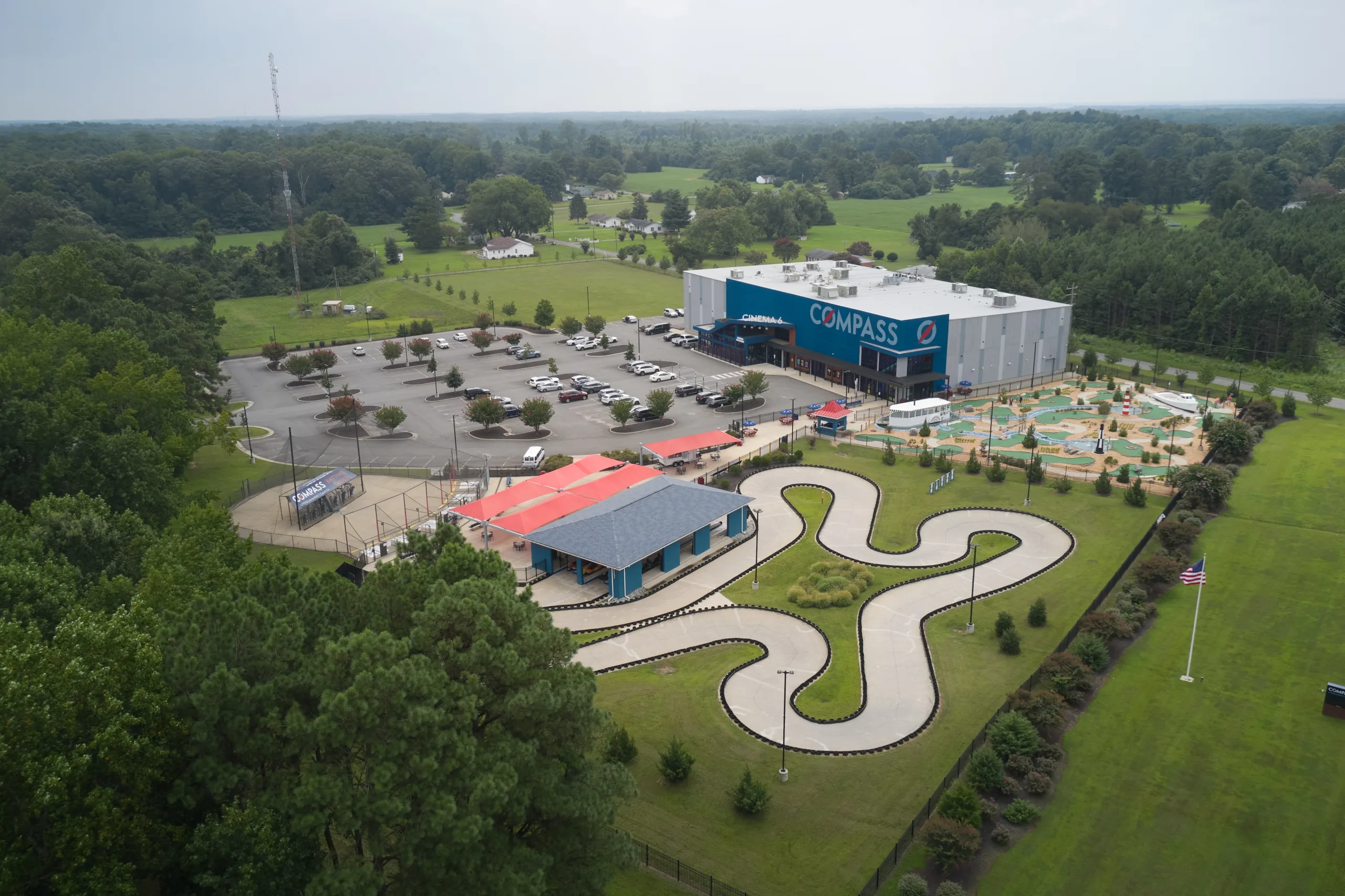For 50 years, the Virginia Center for the Creative Arts has nurtured the world’s most promising artists.

Enter the property known as Mt. San Angelo, just outside of Amherst, and a sign near the cattle guard reads “Cows and Cars Share the Road.” As you hairpin up the hill, your inner clock begins to slow, and you feel the rare gift this pastoral setting offers artists seeking refuge from the hubbub of daily life.
Cy Twombly once painted here. Wild author, Cheryl Strayed, settled in here to write. Nashville songwriter Beth Nielsen Chapman, who wrote Faith Hill’s hit, This Kiss, strung lyrics together here during her residency. And Gregory Maguire, whose novel, Wicked, inspired the hit Broadway musical, found creative time and space on this 412-acre campus.
Located just north of Lynchburg, the Virginia Center for the Creative Arts (VCCA) offers one of the nation’s largest year-round artist residency programs. Like the venerable Yaddo in New York and MacDowell in New Hampshire, it’s among more than 500 places in the U.S. where writers, artists, and composers apply for stays lasting anywhere from two weeks to two months.
Fronting The Artistic Process

Those lucky enough to earn a spot here—the center hosts 22 artists at a time—find a fertile incubator for the books, paintings, and music that enhance our lives.
“They had me when I was nobody,” says author Beth Macy of her VCCA residencies. Macy’s book, Dopesick, won a Los Angeles Times Book Prize and spawned a Hulu series that earned an Emmy Award and Golden Globe for actor Michael Keaton.
“I was just a newspaper reporter,” Macy recalls. “That first time, I was working on a novel that went nowhere, but they kept letting me come back. They took me seriously in a way that made me take myself seriously.” On her most recent VCCA residency, Macy worked on her follow-up to Dopesick. Published in August, Raising Lazurus: Hope, Justice, and the Future of America’s Overdose Crisis explores solutions to the opioid epidemic.
“What makes us unusual is that we focus on the front end of the artistic process,” says VCCA’s executive director Kevin O’Halloran. “Most art philanthropy supports the back end—performances and exhibitions. We’re giving people the time and space they need to nurture the creative process.” It’s an overlooked but crucial part of the arts, he notes.
A 50th Anniversary

The VCCA has served more than 6,000 artists—many repeat customers. Currently, their suggested rate of $150 per day covers a private room with bath, individual studio, and meals. But to celebrate its 50th anniversary, O’Halloran hopes to change that: “What we really need to propel VCCA to the top ranks of artists communities is to increase our endowment, so we don’t have to charge a residency fee. That’s what I’m working on now.”
What does it take to earn a coveted residency? Among those who apply, 30-40 percent are accepted. Applications for 2023 jumped by 150 percent, thanks to the 50th Anniversary Fellowships—50 no-cost residencies each year for artists of color who are new to VCCA.
Past Fellows, as the artists are known, are an illustrious group, garnering Pulitzer Prizes, Rome Prizes, National Book Awards, and fellowships from the National Endowment for the Arts, the Guggenheim Foundation, and the MacArthur Foundation. While most hail from the U.S., artists from far-flung places like China, Denmark, India, Malawi, South Korea, and the U.A.E. have also traveled to Amherst, just to create.
Music composed by Fellows has been played by the New York Philharmonic at Lincoln Center. Their artwork has been exhibited at the Museum of Modern Art and the Whitney in New York. And the poet laureates of Mississippi, New York, South Carolina, Wisconsin, and West Virginia? All VCCA Fellows.
Solitude and Community

Despite this heady atmosphere, there’s an unpretentious vibe about the place. More than an institution, VCCA is, in a very real sense, home. “The campus is absolutely beautiful,” says first-time Fellow, Vitus Shell, a visual artist from Monroe, Louisiana. “I’m so inspired by the other residents. I feel like I’m part of a big family of creatives who I plan to collaborate with after leaving.” In addition to a dormitory-style room and meals, each Fellow is given a private studio housed in a magnificent 13,000-square-foot Normandy-style barn that dates to the 1930s.
Unplugged from day jobs and family responsibilities, Fellows find both the solitude and community that fuel artistic success. Plus the food is plentiful and good. “We try to do a lot of treats for our Fellows,” says Katy Murray, director of dining services. Murray works with farmers and purveyors to bring in fresh, local produce.
Warm and bubbly, Murray understands her role in the creative process. “When the realization dawns on them that they don’t have to plan any meal, shop for food, or cook, it’s an emotional moment for some Fellows,” she says. “We are witness to some incredibly creative moments, and we love being on the fringe of that—to realize that, yes indeed, you were there in a moment mentioned in a poem published in The New Yorker. It’s priceless.”
Fellows use an app to preorder lunch, which is delivered to the studio barn kitchen. Evening meals feel festive, more like a dinner party. “After spending hours in solitude, everyone seems upbeat, excited to share what they’ve accomplished that day,” says Sheila Gulley Pleasants, VCCA’s deputy director and director of artists’ services. They push tables together or gather in groups on the patio or in the living room, talking excitedly while expressing genuine interest in what others are doing.



Artistic Affirmation
After dinner, they’ll gather at the residence for an informal presentation by several Fellows. Whether it’s a reading or a brief concert, these intimate gatherings allow Fellows to share their work and garner valuable feedback from a group of peers.
“To have this opportunity to shut out the noise and really turn inward to listen for that inner voice that informs my writing feels more necessary now than ever,” says Rebecca Chase, who traveled from Brooklyn, New York, for her first VCCA residency.
“It’s hard to overstate how crucial the affirmation provided by a residency is for artists, who often work in solitude for long periods of time,” she notes. “I have met some extraordinary fellow artists, and I will carry this experience, and the new work generated here, with me when I have to return to the ‘real world.’”
Before you exit the property onto Route 29, there’s a sign: “The Real World.” It refers to the realm that exists beyond VCCA’s nurturing confines, but for the talented people who come here, it’s also a reminder to hold onto the magic when they leave this remarkable place. VCCA.com

A Virginia Artists’ Colony
How it began:
It was during a residence at MacDowell in New Hampshire when writer Elizabeth “Betty” Coles Langhorne met Nancy Hale, the first female reporter for The New York Times and a frequent New Yorker contributor. Once home in Virginia, the two women set out to replicate their experience and founded the VCCA in Charlottesville in 1971. On the fledgling organization’s original board, they installed MacDowell’s former director, George Kendall, and the novelist Peter Taylor.
Langhorne, a member of the distinguished Cole family of Virginia, was the great-granddaughter of publisher Joshua Lippincott. She grew up on Philadelphia’s Main Line and attended Vassar College before marrying Harry Forsythe Langhorne, a nephew of the famous Langhorne sisters of Mirador in 1941.
By all accounts, Betty Langhorne was a colorful character who piloted her own plane and spent time in Puerto Rico, where she also founded the Vieques Conservation and Historical Trust.
First headquartered at Wavertree Hall and later Prospect Hill in Albemarle County, the VCCA eventually entered into an agreement with Sweet Briar College to lease Mt. San Angelo, once the estate of Sweet Briar founder Indiana Fletcher Williams’ sister, Elizabeth. Although the “rent” was only one dollar a year, as the decades passed, the VCCA was eager to own the property outright.
The solution arrived in Georgia O’Keeffe’s painting, Blue Sand (1959), which was donated to the organization by a longtime board member. With the influx of cash from the sale of the O’Keeffe in 2020, VCCA purchased the 412-acre Mt. San Angelo property. After 42 years, the total tab on the lease amounted to two $20 bills, plus a couple of singles.
The sale preserved a significant swath of land and cemented the relationship between the VCCA and Sweet Briar, longtime neighbors.
“With all that’s happened, there’s so much that hasn’t changed,” says VCCA’s Sheila Gulley Pleasants. “And that’s what returning Fellows are so happy to see. It’s still the VCCA; it still has its wonderful quality. It’s a serious vibe, it’s a professional vibe, but it’s still a relaxed, egalitarian, welcoming place where they can be their truest selves and do what they feel they’ve been put on this earth to do.”
This article originally appeared in the February 2023 issue.








